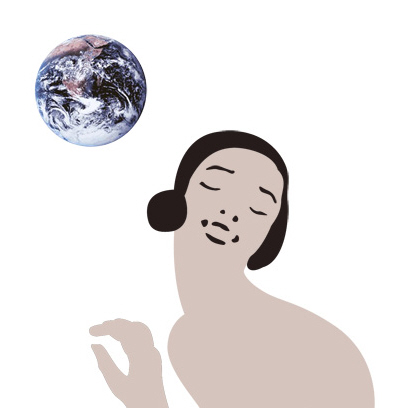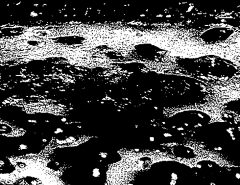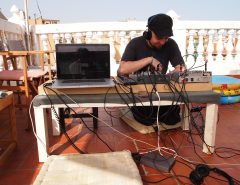Dentro de un par de días (el 17 de enero del 2007), EL ARTE cumple 1.000.044 años… felicidades! El señor-fluxus Robert Filliou declaro esta fecha en 1963, y desde hace decadas se suceden las celebraciones en este día.
Kunstradio, desde Austria, organiza gran parte de estos eventos conmemorativos y este año también se suma «uno de los cumpleaños» de la Radio… 100 años como medio de comunicación masivo… al menos contando desde que el canadiense Reginald Aubrey Fessenden hizo una transmisión combinando música y palabra.
Además, hay una invitación a enviarles momentos significativos de la historia de este medio.
100 Years of Radio – The Return of Wireless Imagination
Art’s Birthday Party and Conference
January 17 – 19, 2007
RadioKulturhaus, ViennaOn December 24, 1906, the Canadian Reginald Aubrey Fessenden, broadcasted from Brant Rock, Massachusetts, the short Ur-version of a radio programme featuring music (O Holy Night) and language (biblical quotations). This first ever Christmas broadcast marked the transition from the code of telegraphy to the sound of radio and at the same time the shift from wireless communication technology to the paradigm of broadcasting. Thus, in the course of 100 years, the mysterious ether and its cosmic white noise which henceforth would be increasingly mixed with all sorts of technical signals became the carrier of the world’s still most frequently used media of information, entertainment, culture and propaganda.
The advent of digitalisation and of the Internet in the last decades of the 20th century meant a radical change for all traditional media including radio. The beginning of the 21st century signals a rapid development of wireless radio technologies both as a means of communication between persons (mobile phones) as well as of data transmission (satellites, WLAN). Today, radio is re-conquering its original potential as a wireless communication technology to an extent no-one would have dreamt of. This also means that the electro-magnetic spectrum has long stopped being an inexhaustible natural resource and instead became a commercial and political combat zone for frequencies and licences.
Artists and activists have time and again been made to feel the scarcity of this resource and responded with piracy, appropriation and creative “misuse” of both old and new technologies. Nevertheless, Radio Art has been perceived – if at all and as such primarily in Europe – as an art produced within public broadcasting. It is only recently that an entirely different story of Radio Art has become evident. Innovative art projects and a growing number of festivals, symposia and exhibitions show the image of an “extended Radio Art” which – guided by a “desire to re-invent radio” (Dan Lander, 1994) – has always pointed beyond the limitations of the institutionalised mass medium and kept calling to mind the communication potential inherent in radio. Moreover, artists always reflect aspects of most recent medial and technological developments and make them visible and tangible through the means of art.
Dieter Daniels und Heidi Grundmann





Leave a Reply
Lo siento, debes estar conectado para publicar un comentario.